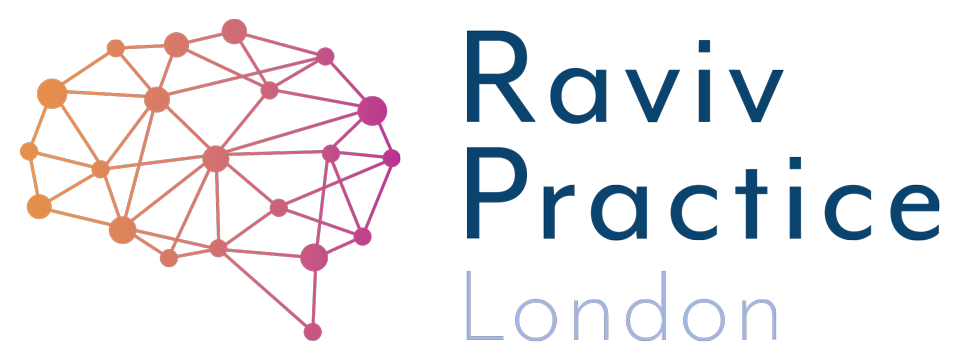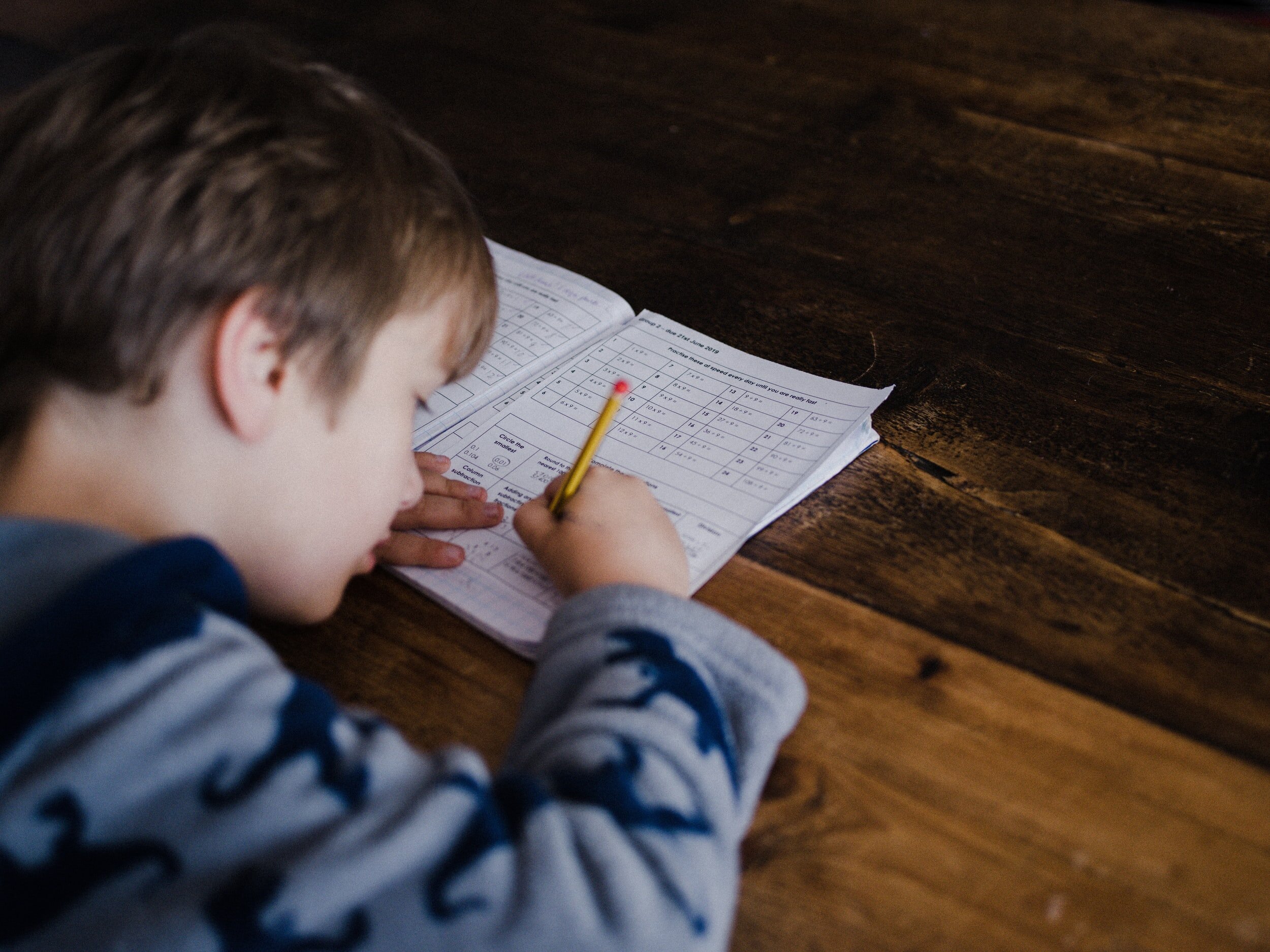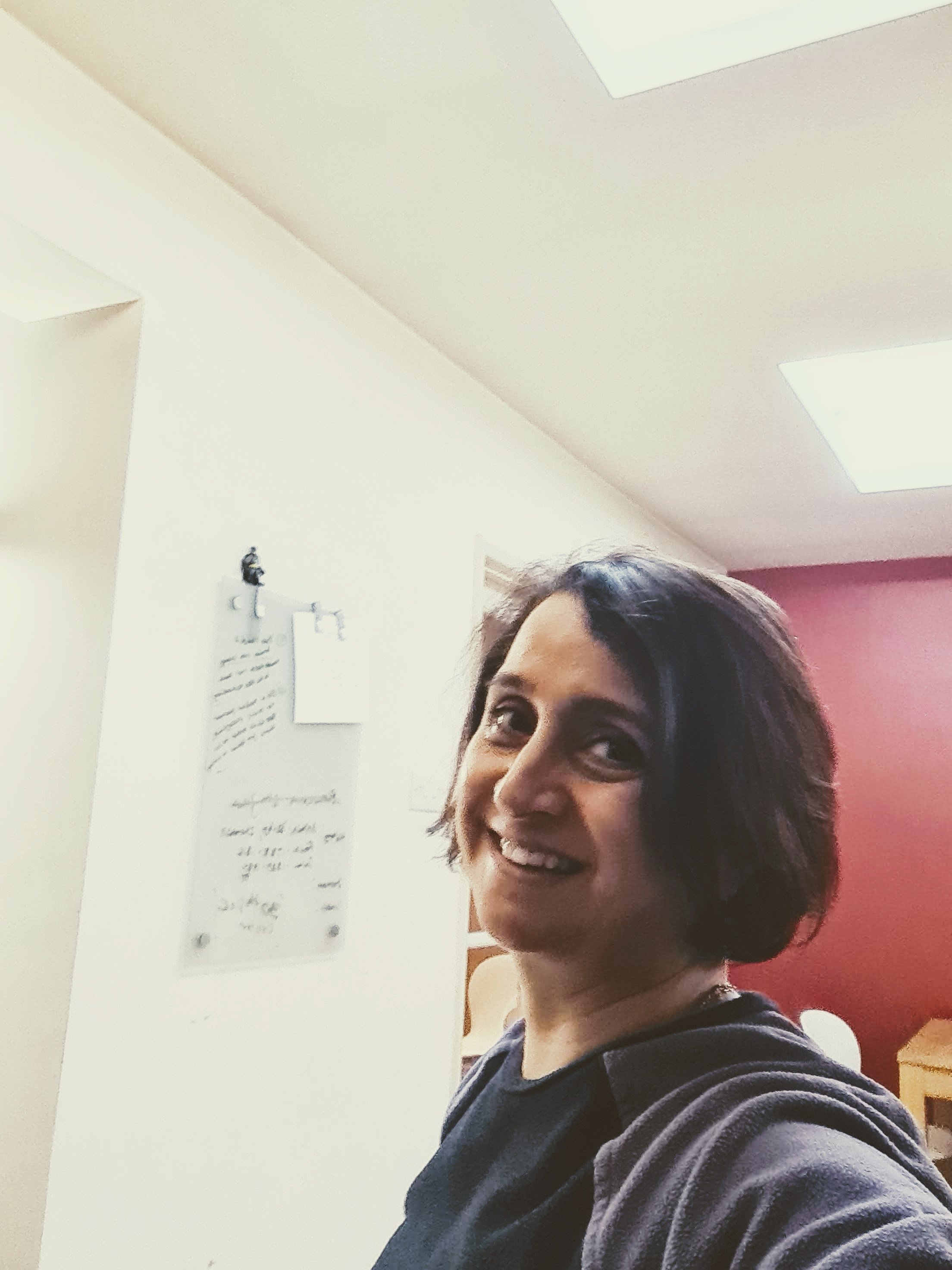How changing habits can aid concentration
Anyone prone to distraction or poor concentration can benefit greatly from creating new habits or routines.
A habit is an action performed on a regular basis, and this blog is all about the science of habit change. It borrows ideas from BJ Fogg (PhD)- author of Tiny Habits, James Clear - author of Atomic Habits, and Charles Duhigg - author of Power of Habit.
“All habits are triggered by a cue”
These authors have helped me learn about how good habits are created and how to inhibit bad habits. I have used them with my adult and child clients with equally good results.
There is a neurological basis for making things into a routine or a habit. Every time we learn a new task, it takes 'brain time.' With every repetition, the time to do the task decreases. Once we automate a process, we no longer think about it - we do it automatically. For example, do you consciously think about reversing your car or switching gears when driving? There was a time when this all took a lot of time and attention, but has now become an automatic activity for us. Our brains and bodies are primed to see that routine through to the end, without the need to completely think it through every time.
Looking at how habits work can teach us a great deal about how we can use them to improve focus and concentration.
Cue, Routine, Reward
Charles Duhig, the author of Power of Habit, sums up the model in one sentence: All habits are triggered by a cue followed by the routine of the habit, and finally, we feel a reward.
Let's take the car example. My cue is sitting in the driver's seat and turning the engine on; the routine is to put the gear in reverse, steer straight for around five seconds, then turn slightly to the right to align with the straight edge of the house, followed by navigating to the left to align it with the hedge. Embarrassing to say the first time the box-hedge nearly almost was on the verge of being flattened! My husband had to do it the second time, and then I just tried every day until I found success. The reward is not damaging the beautiful hedge that belonged to my neighbour. Here is cue, routine, and reward at play.
We can actively design a successful habit by playing with the cue, the routine and the reward. For example, I decided to try Cue, Routine, Reward out on my unsuspecting teenage daughter to help her and remind her to pack her lunch every day. I would place the lunch bag in a visible place as she entered the kitchen (this was the cue); she filled the bag with the items for lunch (routine), and the reward was the satisfaction of not having to rush last minute and feel overwhelmed.
Feeling good makes us repeat a behaviour
BJ Fogg, social scientist and author of Tiny Habits, provides yet another effective method that has also proven to be particularly useful when working with people with ADD or ADHD. At the core of his method is the idea of 'celebration’. He says to make any behaviour stick, you need to start very small, in fact tiny, and it is not repetition that makes a habit successful, but rather feeling good about yourself.
So, for example, if you decided you wanted to give marathon running a try but have failed in the past, you can start by making the tiniest step towards your goal, such as just putting on your trainers, and then make yourself feel good about it by celebrating that one act. As you continue to feel good about wearing your trainers, you will want to go for a walk, and can celebrate that too. As you feel good about walking, you can increase to a gentle jog and, eventually, all the way up to a run. The key is to keep celebrating. Even if you are having a bad day, you can resort to putting on your trainers and removing them - but the feeling of celebration should be locked in - hardwired.
Celebrating a small win feels right. That is why everybody I work with who has tried the idea has reported it to be successful, as there is little motivation needed. It just works.
Habit Stacking
Another brilliant habit change idea BJ Fogg invented is called Habit Stacking. This method is about leveraging the existing habits to help build a new one. Let's say you have difficulty keeping track of time, but you already have a habit of making 6 or 8 cups of tea per day. You can say after you make each tea, you will look at the time. The same method works for other habits you need to create, for example after you wake up, having a glass of water.
You can carry out a habit stack before and after your existing habit, so before you make a cup of tea, you can, for example, do 30 seconds of meditation, and after the tea is made, you look at the time. This way, new habits can be created built on the work already done to create the previous ones.
“if your identity is that of a vegan, you wouldn’t consider accepting meat in your meal.”
How do you see yourself?
My final gem about creating positive habits is about our identity and how we see ourselves. For example, if your identity is that of a vegan, you wouldn't consider accepting meat in your meal. Eating meat is incongruent with your belief in being a vegan.
I often start my habit change work with clients by talking about their identity and how they perceive themselves. People often use words like: kind, ambitious, hardworking, resilient and other positive terms. I get them to repeat a phrase for all their statements:
'I am the sort of person who is kind and thoughtful.'
'I am the sort of person who works hard.'
'I am a clean and tidy person.'
Everybody has to be congruent with their belief, so if the person in question believes they are kind and thoughtful, they are less likely to be late for appointments or do unthoughtful things. If a child has said they are clean and tidy, they are more likely to keep things more spotless in their bedroom. By tying together our identity to our habits, we we create a stronger impression of how those habits affect our lives.
This identity work comes from James Clear in his book, Atomic Habits. While some of his ideas overlap with the other authors, it is another great read if you are interested in learning more.
I hope you have enjoyed my series of blogs on improving concentration. Here are some links to the previous blogs in the series if you haven’t read them yet:
Is your child able to stay on task?
What Is Executive Functioning and How to Identify the Weak Areas
How to Observe Your Child and Understand Where Their Concentration Fails
If you are interested in learning more about how to improve your, or your child’s concentration, let’s have a chat - book a call.
Dyslexia? Dyspraxia? ADHD? ASD? Speech & Language? Developmental Delay? Anxiety?
Is every school day a struggle? As a parent, you may feel exhausted and on this journey alone. Each year you see the gap getting wider. You need to do something - change the approach, help your child learn for themselves, find a way to turn this around - to help while you can - do this NOW. the first step is free.
About the Author
Usha Patel is a Neurocognitive Therapist and Director at Raviv Practice London. Parents searching to help their suspected/neurodiverse child can get evidence-based solutions with results in as little as 8 weeks. Those in search of jargon-free help can get started straight away.




